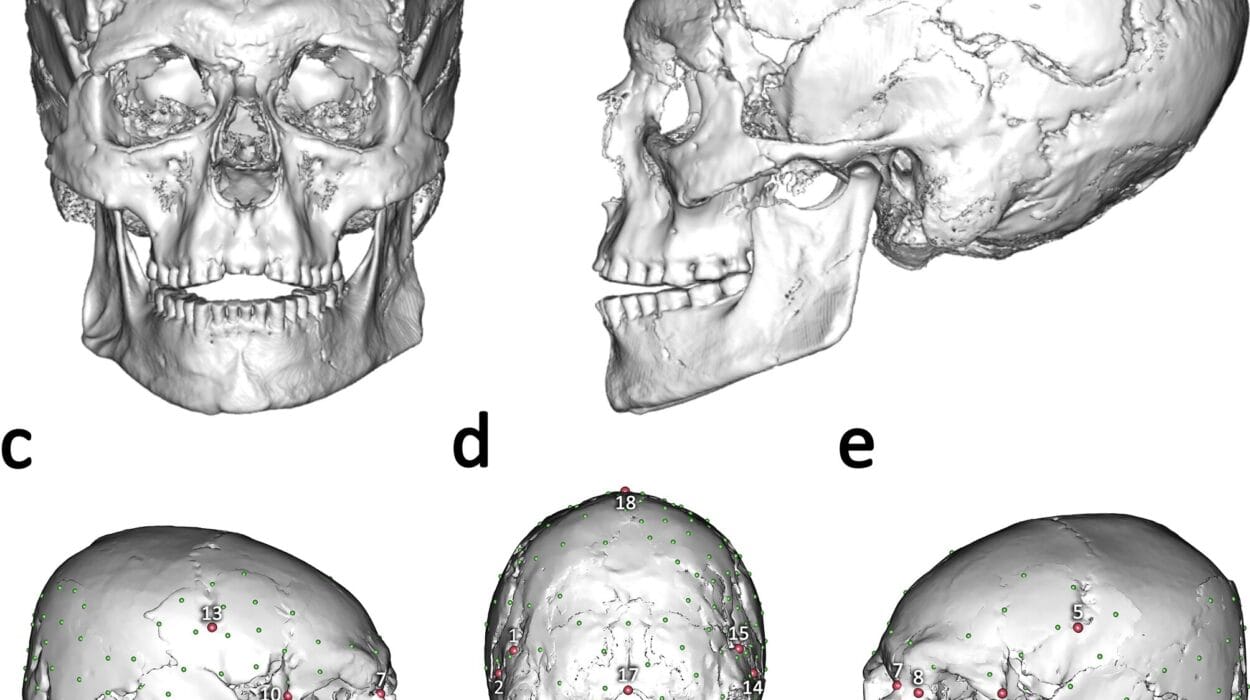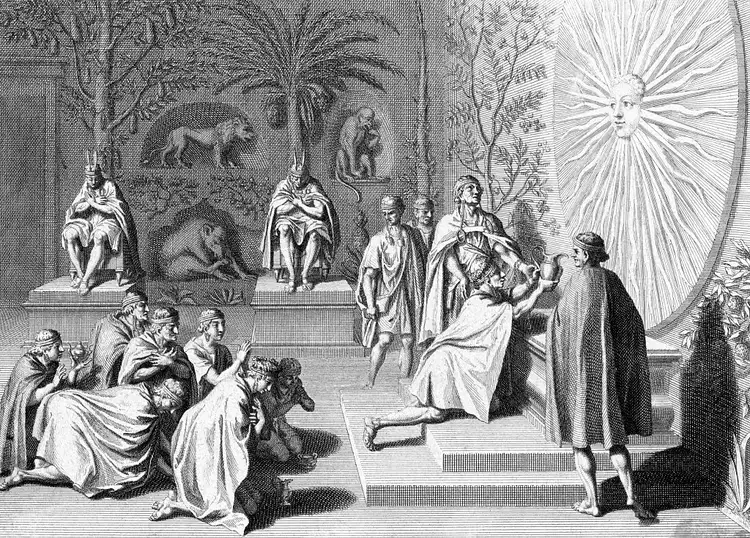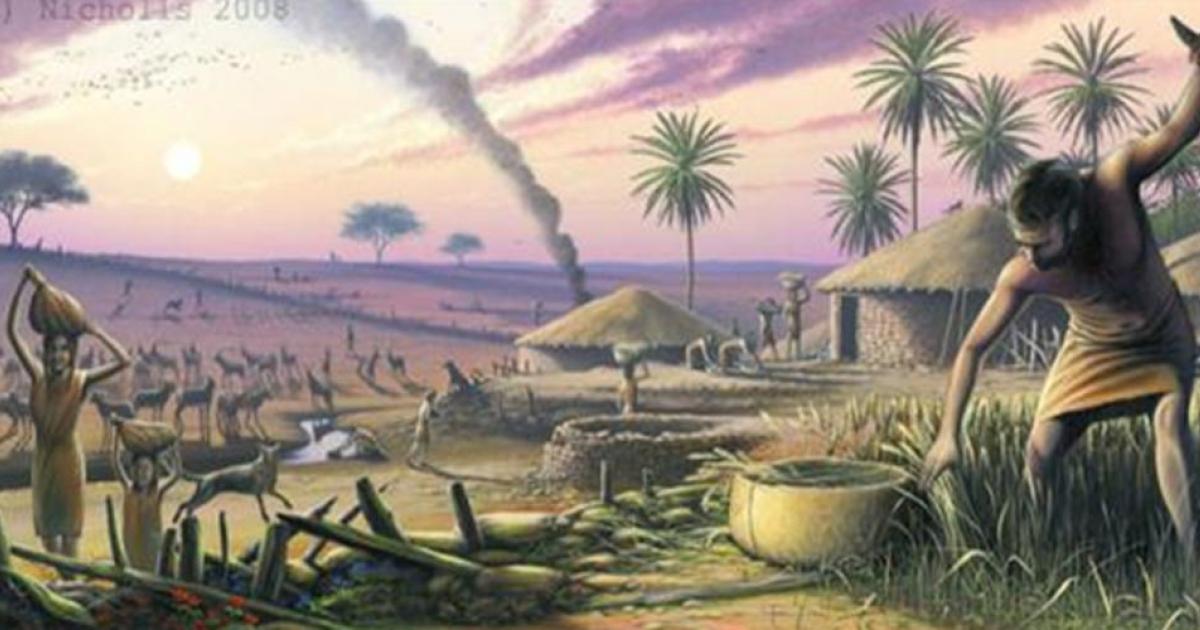The past does not speak in full sentences. It murmurs—through broken shards of pottery, crumbling walls, fossilized footprints, and the occasional miracle of preservation. For centuries, these whispers went unheard, buried beneath layers of sand, soil, and time itself. What was lost beneath the sands was not merely physical—it was cultural, emotional, intellectual. It was the record of who we were and how we became who we are.
But archaeology, the science of unearthing human history, is not just a technical pursuit of cataloging ruins. It is a poetic struggle against oblivion. It is humanity’s attempt to reconnect with the ancestors we never met, and with the civilizations whose memory could have vanished forever had a few grains of sand not shifted.
Beneath deserts, under volcanic ash, deep in jungle soil, and frozen in tundra ice, some of the world’s greatest stories waited patiently to be rediscovered.
The Sands of Time and the Birth of a Pharaoh’s Afterlife
When British archaeologist Howard Carter knelt in the Valley of the Kings in 1922 and glimpsed the faint golden glow inside a hidden chamber, the modern world collided with the ancient in a moment so electric it’s still retold with awe. Tutankhamun, the “Boy King,” had lain undisturbed for over 3,000 years. His tomb was not the grandest, but it was the most intact. And it changed everything.
The objects found beside Tut—jewelry, weapons, furniture, even a golden death mask—weren’t just treasures. They were symbols of a belief system, a cosmology. They told of an Egypt obsessed with death not as an ending but a transformation. Mummification, afterlife rituals, divine kingship—these came to life not in dusty textbooks, but in glistening artifacts that shone with spiritual intent.
The sands that hid Tut’s tomb had also hidden a complex worldview. Carter’s team uncovered not only a royal burial but a psychological map of eternity as ancient Egyptians understood it. This single find reinvigorated public interest in archaeology and gave rise to an Egyptomania that rippled through fashion, art, and science.
Yet, in many ways, the sands had barely begun to speak.
Pompeii: A City Frozen in Fear
Mount Vesuvius didn’t just destroy Pompeii in 79 AD—it preserved it. The eruption unleashed fire, ash, and pumice with such speed that life was interrupted mid-step. What the volcano took, it also protected. In the 18th century, when explorers began tunneling through hardened ash, they found not ruins, but time capsules.
Mosaics still gleamed. Graffiti adorned walls, speaking casually of debts, jokes, lovers. Loaves of bread remained in ovens. Dogs were found curled up, as if still sleeping. The people of Pompeii had become plaster ghosts, their final moments immortalized in agony and surprise.
What made Pompeii so extraordinary was not its grandeur—it was its intimacy. Through the city’s remains, archaeologists glimpsed ordinary Roman lives. Children’s toys, brothels, public baths, wine shops—all told of a vibrant society frozen in its tracks.
Scientific excavations brought new techniques into play: stratigraphy, chemical analysis, even 3D imaging. And yet, some of the most powerful insights came from the very human tragedy Pompeii represented—a reminder that archaeology is not just about what was built, but also about what was lost.
The Rosetta Stone: Language, Locked and Freed
For centuries, the world looked upon ancient Egyptian hieroglyphs with wonder and frustration. These were the cryptic symbols of a lost tongue. But in 1799, amid Napoleon’s military campaigns in Egypt, a broken slab of stone was unearthed near the town of Rosetta. It bore the same text in three scripts: Greek, Demotic, and hieroglyphic.
That stone became the cipher that unlocked an entire civilization’s language. French scholar Jean-François Champollion, after years of obsessive study, finally cracked the code in 1822. In doing so, he revived a voice that had been silent for nearly 2,000 years.
With hieroglyphs translated, temples and tombs began to speak. Egypt wasn’t just pyramids anymore—it was poetry, treaties, medicine, and drama. It was kings and scribes, farmers and philosophers.
The Rosetta Stone wasn’t merely an object. It was the key to one of humanity’s grandest linguistic rebirths. It revealed that beneath the sand did not lie just treasure—but entire conversations, waiting to be heard again.
Göbekli Tepe: Temples Before Cities
For decades, archaeologists believed agriculture led to settlement, which led to religion and temples. That’s how civilization supposedly formed. Then, in the 1990s, high on a hill in southeastern Turkey, a team led by Klaus Schmidt made a discovery that shattered the timeline.
Göbekli Tepe, a series of T-shaped stone pillars carved with animals and abstract symbols, was dated to over 11,000 years ago—older than Stonehenge, older than the pyramids. And here was the twist: this massive religious site was built by hunter-gatherers, not farmers.
This turned the story of civilization upside down. Perhaps it was not agriculture that birthed organized religion. Perhaps it was the spiritual impulse that brought people together long enough to begin farming.
Göbekli Tepe spoke not just of craftsmanship, but of cognitive complexity. Its builders gathered, planned, worshipped, and collaborated—all without the supposed structures of “civilized” life. In those stones was a profound message: belief may have preceded bread.
Machu Picchu: The Incan Enigma
High in the Andes, above clouds and condors, lies a city so perfectly sculpted into its surroundings that it feels less built than grown. Machu Picchu, once a sacred Inca site, escaped Spanish destruction entirely. It was “lost” only to the outside world, not to the descendants of the Inca who still remembered its significance.
American historian Hiram Bingham brought it to international fame in 1911, though Indigenous people had guided him there. What he found was a masterpiece of engineering and astronomy. Stone walls locked without mortar stood firm through centuries of earthquakes. Water flowed along hidden channels. Structures aligned with solstices and stars.
Archaeology at Machu Picchu revealed not just architecture, but mindset. The Incas saw nature not as something to dominate but to synchronize with. Mountains were gods, rivers sacred arteries. The site’s symmetry spoke of a world in balance.
Even now, archaeologists continue to debate its purpose—was it a royal retreat? A ceremonial center? A site of pilgrimage? Perhaps it was all these things. What’s certain is that the city in the clouds remains one of humanity’s most poetic dialogues with the landscape.
The Terracotta Army: An Empire’s Silent Guard
In 1974, Chinese farmers digging a well in Xi’an hit something hard. It was not rock. It was history.
Beneath the soil lay thousands of life-sized clay soldiers—archers, cavalry, generals—each distinct, each frozen in mid-march. This was the Terracotta Army, built over 2,000 years ago to guard the tomb of China’s first emperor, Qin Shi Huang.
What stunned archaeologists wasn’t just the scale but the realism. Each figure bore unique facial features, hairstyles, armor details. Weapons were functional, once polished to a mirror shine. Horses, chariots, and even acrobats were found. This was no mere grave—it was a subterranean cosmos.
The tomb itself remains largely sealed, surrounded by mercury-laced rivers and ancient booby traps, according to ancient texts. But what has emerged paints a picture of unimaginable power and ambition. The emperor who unified China also sought to command the afterlife.
Science helped understand this vision. Paint residue analysis revealed vibrant colors, now faded. CT scans and AI imaging unraveled how such mass production of individuality was achieved—a form of early assembly-line craftsmanship. Beneath the sands of Shaanxi, an eternal army still waits.
The Dead Sea Scrolls: Echoes of Belief
In 1947, a Bedouin shepherd threw a stone into a cave near Qumran and heard the shatter of pottery. Inside, he found ancient scrolls sealed in jars. These turned out to be among the oldest biblical manuscripts ever discovered—some over 2,000 years old.
The Dead Sea Scrolls, written in Hebrew, Aramaic, and Greek, offered a window into early Judaism, the roots of Christianity, and the diversity of thought in ancient religious communities. They included texts from the Hebrew Bible, but also apocryphal writings, rulebooks, and hymns.
Their discovery transformed religious scholarship. They showed that scriptural texts were not static but living, argued over, revised. They also confirmed the remarkable consistency of some biblical passages over millennia—while exposing others to reinterpretation.
Preserving the fragile parchment required high-tech climate control, digital imaging, and molecular analysis. Modern science met ancient theology in a delicate balance, ensuring that these scrolls would continue whispering across generations.
Angkor Wat: The Forest and the Empire
Deep in the jungles of Cambodia lies Angkor Wat—a sprawling complex that was once the heart of the Khmer Empire, built in the 12th century. Its towers rise like lotus buds, carved with celestial dancers and battle scenes.
But Angkor was not just a temple. It was a city—an enormous, pulsing metropolis hidden beneath trees and vines. For years, archaeologists could not grasp its full scale. Then came LIDAR—light detection and ranging—a laser technology that cut through the forest canopy.
The results were astonishing. Whole neighborhoods, highways, reservoirs, and shrines emerged in the data. Angkor was far more advanced than previously imagined—its engineers manipulating water on a massive scale to irrigate, control flooding, and maintain stability.
And then, it fell. The jungle took it back. But not completely. With every excavation, Angkor whispers of its former grandeur, of celestial order and earthly ambition. Archaeology brought it back to light, not just as a place of worship, but as an ecological and political experiment.
The Mind Beneath the Mud
In the British Isles, amid the bogs and wetlands, archaeologists have found a different kind of treasure—bodies preserved for thousands of years. “Bog bodies” like Lindow Man offer rare glimpses of ancient ritual, violence, and sacrifice.
Preserved by acidic, oxygen-poor environments, these corpses retain skin, hair, even stomach contents. Some show signs of execution—strangled, stabbed, drowned. Were they criminals? Offerings to gods? Victims of tribal justice?
CT scans, forensic reconstructions, and DNA studies have turned archaeologists into detectives. These discoveries remind us that ancient humans were not just builders, but thinkers, dreamers, believers—and sometimes, executioners.
The sands, mud, and ice do not judge. They preserve.
What We’re Still Missing
For all we’ve found, there’s so much more buried still. Beneath modern cities lie ancient capitals. Under shifting dunes are lost trade routes, temples, even entire empires. The oceans hold shipwrecks, drowned ports, submerged settlements.
We are only scratching the surface of our species’ collective memory.
New technologies like satellite archaeology, AI pattern recognition, and DNA sequencing are opening doors to the past faster than ever before. Archaeology is no longer just digging—it’s decoding.
But every discovery carries ethical weight. Whose history is being told? Who controls the narrative? And who benefits from the telling?
As we dig deeper into the past, we must also elevate the voices connected to it—descendant communities, local cultures, forgotten traditions.
The Living Echo
In the end, what was lost beneath the sands was never truly lost—it waited.
It waited for the curious, the careful, and the reverent. It waited for science to catch up with spirit. It waited for a generation willing to look backward in order to better understand the present.
The greatest archaeological discoveries are not just about what we find, but what we feel when we find it. Awe. Kinship. Melancholy. Wonder.
Every chipped cup, every hidden chamber, every buried city is a reminder that the world was always bigger than we knew—and that our ancestors, however distant, were never really gone.
They were just beneath the sands.






